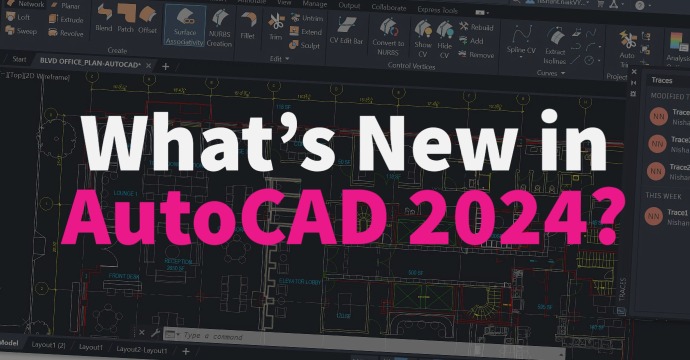
For years, troubleshooters performed a series of steps that inflicted deliberate damage to AutoCAD software or vertical to resolve many types of issues. Starting with version 2012, Autodesk automated this process with the “Reset Settings to Default” command.
Stepping Through the Secondary Installer
There are limits to the repairs AutoCAD can make during its launch phase. The Secondary Installers limited their actions to a set of one to four operations that could be performed in any number and any order.
The first two operations are registry key deletions. The keys were unique for each product and version. The last two of these operations were software directory deletions. The directories are located in the local/Autodesk and roaming/Autodesk directories. Each directory was unique based on the software and version.
The Registry
For AutoCAD and its verticals, the keys are located in the following registry directories:
- Computer\HKEY_CURRENT_USER\Software\Autodesk\AutoCAD
- Computer\HKEY_LOCAL_MACHINE\SOFTWARE\Autodesk\AutoCAD
Under these locations are the registry versions. Autodesk started using registry versions with the release of AutoCAD 2000. Here is the AutoCAD version with their associated registry version. AutoCAD verticals such as AutoCAD Architecture started using this format with versions 2004 and above.
- 2008 = R17.1 ; 2009 = R17.2 ; 2010 = R18.0 ; 2011 = R18.1 ; 2012 = R18.2 ; 2013 =R19.0 ; 2014 = R19.1
- 2015 = R20.0 ; 2016 = R20.1 ; 2017 = R21.0 ; 2018 = R22.0 ; 2019 = R23.0 ; 2020 = R23.1 ; 2021 = R24.0
Under the register version are the product IDs, which all have the form:
ACAD-xxxx:409
The xxxx represents the Product ID
The 409 represents the language (409 is English)
The product IDs are unique for each product and version. Instead of memorizing all of them or having to consult a very large listing, we consult the registry keys information to give us the clue we need.
See the following example:
Computer\HKEY_CURRENT_USER\Software\Autodesk\AutoCAD\R23.0\ACAD-2000:409
We make the educated guess that this key is for Civil 3D 2019.

Selecting ACAD-2000:409 and right clicking there is an export option on that right click menu.
When exporting you can name the key anything you want. See the following example of exporting Civil 3D 2019 I name it CURRENT USER C3D19.

After exporting the key right click the key and select delete. In this example we used ACAD-2000:409 and select delete. Repeat these instructions for Computer\HKEY_LOCAL_MACHINE\Software\ Autodesk\AutoCAD\R23.0\ACAD-2000:409
The directories targeted for deletion are located in the following:
C:\Users\dbrown\AppData\Local\Autodesk
C:\Users\dbrown\AppData\Roaming\Autodesk

And Civil 3D 2019 in AppData\Roaming\Autodesk

In the example used in this document we inflicted damage to AutoCAD Civil 3D 2019 by:
Deleting registry keys
- Computer\HKEY_CURRENT_USER\Software\Autodesk\AutoCAD\ AutoCAD\R23.0\ACAD-2000:409
- Computer\HKEY_LOCAL_MACHINE\SOFTWARE\Autodesk\AutoCAD\AutoCAD\R23.0\ACAD-2000:409
Deleting directories
- C:\Users\dbrown\AppData\Local\Autodesk\C3D 2019
- C:\Users\dbrown\AppData\Roaming\Autodesk\C3D 2019
Conclusion
Take these steps needed to make AutoCAD (or its verticals) initiate its secondary installer and understand when to perform these actions individually or collectively.



